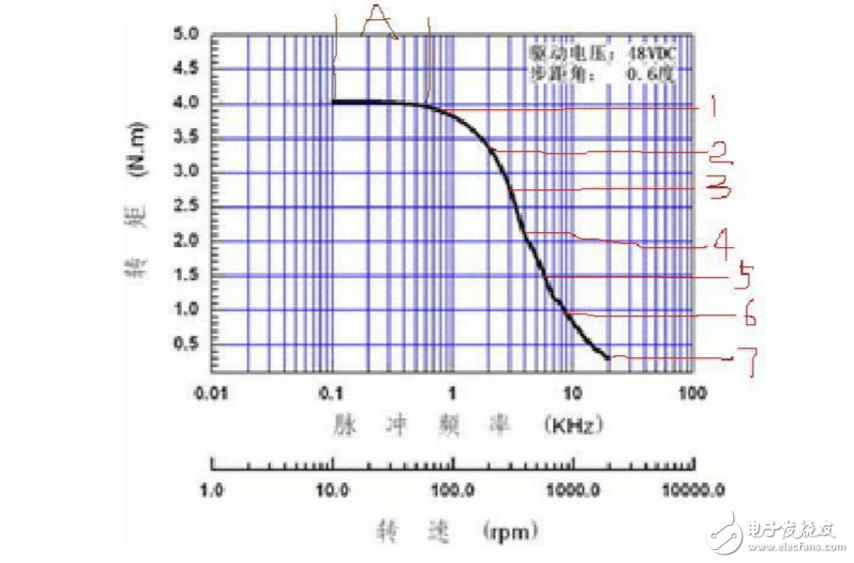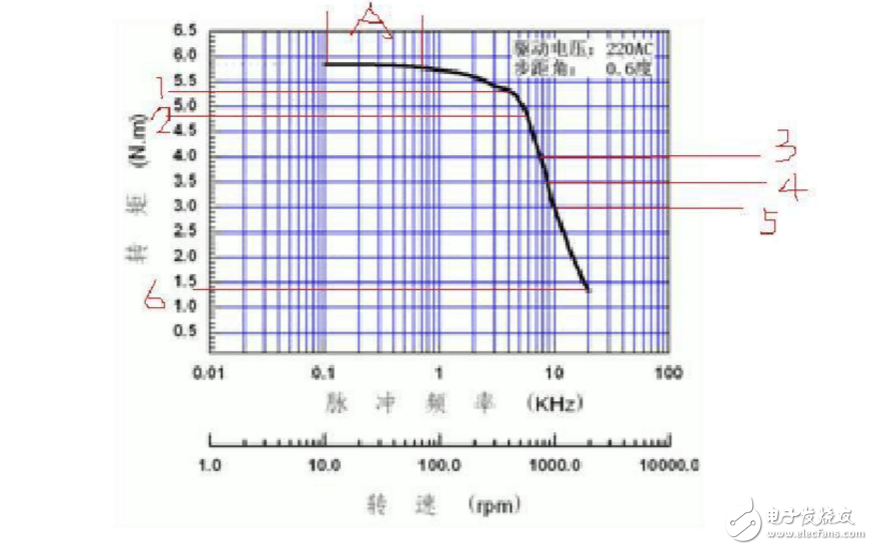The stepping motor is an induction motor. Its working principle is to use electronic circuit to supply power when the DC power is changed into components. The multi-phase timing control current is used to supply the stepping motor with this current, and the stepping motor can work normally. The driver is a time-sharing power supply for the stepper motor, multi-phase timing controller.
Although stepper motors have been widely used, stepper motors are not as conventional DC motors, and AC motors are used under normal conditions. It must be composed of a dual ring pulse signal, a power drive circuit, etc. to form a control system. Therefore, the use of stepper motors is not an easy task. It involves many professional knowledge such as machinery, motors, electronics and computers. As an actuator, stepper motor is one of the key products of mechatronics and is widely used in various automation control systems. With the development of microelectronics and computer technology, the demand for stepper motors is increasing day by day, and it has applications in various national economic fields.
Interpretation of the moment frequency characteristics of stepping motorWhat is the power of the stepper motor? How to calculate? P = F&TImes;S/t = F&TImes;v=F&TImes;r&TImes;ω=F×r×2πf
The figure below shows the moment frequency characteristic curve of a 4Nm stepping motor, 86 motor, 95mm. Seeing this picture, maybe you will be scared by its steep downward trend, don't worry, we calculate it by point by point.

0. First look at Zone A, which is a relatively straight line with a torque of 4Nm. The output power is proportional to the speed. The maximum speed of Zone A is 60r/min=1Hz.
Then the maximum output power of the A zone P0 = 4 (Nm) × 2 × 3.14 × 1 (Hz) = 25.12 (W)
The torque corresponding to 1 point and 1 point is 3.9Nm, and the corresponding speed is 80r/min=1.33Hz, then the output power P1=32.57(W)
2, 2 points corresponding to the torque 3.3Nm, the corresponding speed 200r / min = 3.33Hz, then the output power P2 = 69.01 (W)
3, 3 points corresponding torque 2.75Nm, corresponding speed 300r / min = 5Hz, then output power P3 = 86.35 (W)
4, 4 points corresponding to the torque of 2.1Nm, the corresponding speed 400r / min = 6.67Hz, then the output power P4 = 87.96 (W)
5, 5 points corresponding to the torque of 1.5Nm, the corresponding speed 600r / min = 10Hz, then the output power P5 = 94.20 (W)
The corresponding torque of 6 and 6 points is 0.95Nm, and the corresponding speed is 900r/min=15Hz, then the output power P6=89.49(W)
7,7 points corresponding torque 0.3Nm, the corresponding speed 2000r / min = 33.33Hz, then the output power P7 = 62.79 (W)
It can be seen that the output power of the motor reaches a maximum value of 94W at 600r/min, and is converted to a three-phase AC motor with P×η=94w, and η=0.75, then the rated power P=125W. The stepper motor 2000r/min Power reduction is 67%
Look at another example of a 86 motor 125mm

0. Look at Zone A first, the torque is 5.8Nm, and the maximum speed of Zone A is 70r/min=1.17Hz. The maximum output power of Zone A is P0=5.8(Nm)×2×3.14×1.17(Hz)=42.62( W)
1, the corresponding torque of 5.3Nm, the corresponding speed 400r / min = 6.67Hz, then the output power P1 = 222.00 (W)
2, 2 points corresponding torque 4.8Nm, corresponding speed 600r / min = 10Hz, then output power P2 = 301.44 (W)
3, 3 points corresponding torque 4Nm, corresponding speed 800r / min = 13.33Hz, then output power P3 = 334.85 (W)
4, 4 points corresponding to the torque of 3.5Nm, the corresponding speed 900r / min = 15Hz, then the output power P4 = 329.7 (W)
5, 5 points corresponding to the torque 3Nm, the corresponding speed 1000r / min = 16.67Hz, then the output power P5 = 316.06 (W)
6,6 points corresponding torque 1.35Nm, corresponding speed 2000r/min=33.33Hz, then output power P6=282.57(W)
It can be seen that the output power of the motor reaches a maximum value of 335W at 800r/min, and is converted to a three-phase AC motor with P×η=335w, and η=0.75, then the rated power is P=447W. The stepper motor is 2000r/min. Power reduction is 84%
This is the 2 kinds of moment frequency characteristic curves that I randomly extracted, belonging to the same product. Through the comparison of the above two cases, it is concluded that the same stepping motor, even the same manufacturer, its hard characteristics are different, and the applicable occasions are also different. Also note that these two figures have different drive voltages.
How do we choose a stepper motor? The most important thing is to obtain the moment frequency characteristic curve, preferably a set of curves under different driving voltages. For the stepping motor, as long as it is turned up, the driver parameters are fixed, regardless of the speed, the power consumption difference is small, the output power is very different, that is, the efficiency gap is large, if we use the motor often Under low-efficiency conditions, the power loss part is heated, the lower the efficiency, the more heat is generated, which is not conducive to the life of the motor.
P= Ω·M Ω=2π·n/60 P=2πnM/60
Its P is the unit of power, Ω is the angular velocity per second, the unit is arc, n is the speed per minute, and M is the unit of torque in Newton·meter.
Temperature Controlling Thermostat,Thermal Cutout Water Heater,Thermal Cut Out,Limit Thermostat Cutout
Foshan City Jiulong Machine Co., Ltd , https://www.jlthermostat.com